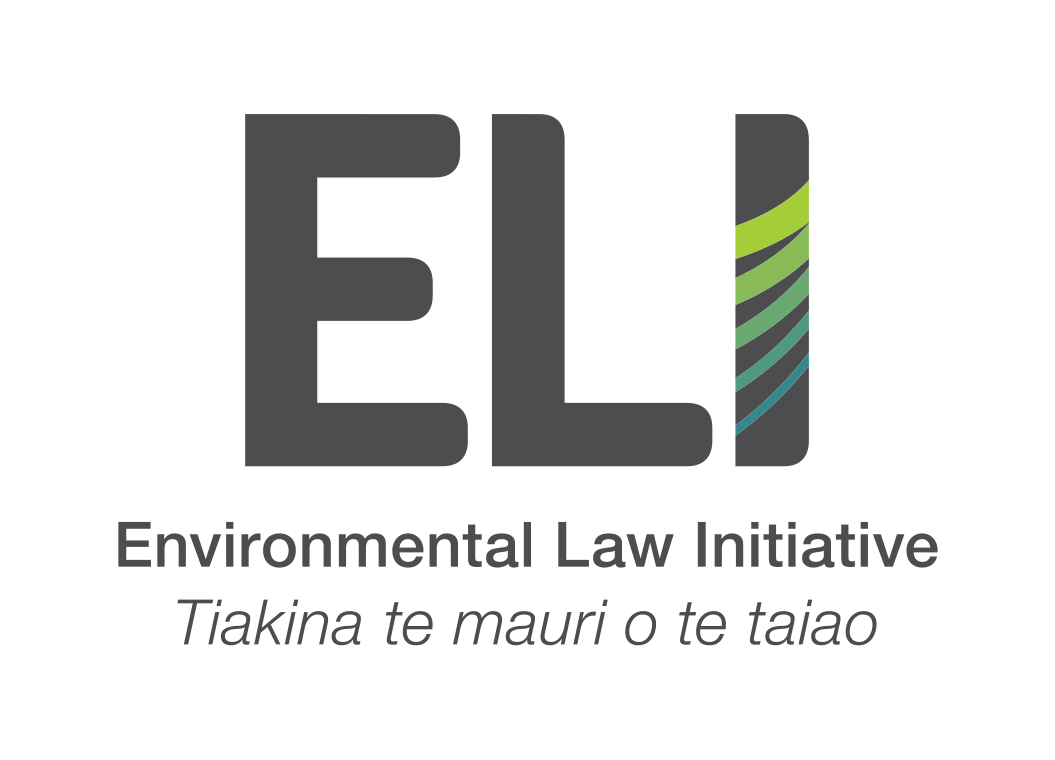Ensuring environmental protection is prioritised in the RMA reform
ELI has submitted comprehensive feedback for the government on the Natural Built and Environment Bill (NBEB) and the Spatial Planning Bill (SPB), both of which are set to replace the Resource Management Act (RMA). The RMA is one of NZ’s most important pieces of legislation – governing what can be built, when, where and how.
As authorities work out how, where and if to rebuild safely in the wake of two unprecedented climate emergencies, and with more storms and floods almost certainly on the way, there are certainly powerful stakes for getting this legislation right.
The need for reform is unquestionable, and it’s clear that continuing with the status quo is fundamentally untenable.
In ELI’s view, significant changes are required to the Bill in its current form to meet the scale of environmental challenges we now face.
Balancing the environment with the needs of human development will always be a difficult and complex job. However, as recent events have shown us, safely achieving the latter relies entirely on the health and integrity of the former. Compromising on environmental health is no longer a legitimate option.
On this basis, our submission mainly focusses on ensuring that the Bill actually lives up to its purpose of environmental protection. Any legislative confusion or inertia will only compound these issues down the line. Here are some of our recommendations (briefly summarised):
Purpose: Making sure that the purpose of the Bill, environmental protection, is made explicit throughout the legislation as its key priority.
Outcomes: Making sure that specific environmental outcomes are clarified and prioritised in the legislation to aid clarity and direction.
Limits: Ensuring that environmental limits are:
Set at truly ecologically sustainable levels,
Decided by an independent scientific body, and
Binding (i.e.: exemptions from limits are removed, and the legislation limits our ability to develop where it would cause environmental harm). This includes removing the ‘discretionary’ power of political players like Ministers to set limits, instead electing independent science bodies and mātauranga experts for those decisions.
Implementation: Improving compliance, monitoring and enforcement capacity within Councils to ensure that reforms are successfully implemented. This includes:
Providing mandatory direction on monitoring
Clarifying lines of responsibility and accountability for implementation
Finally, it is crucial that the government does not allow industry or political discretion disproportionate influence in the final iteration of the NBEB or SPB, or the biophysical limits prescribed within. We’ve seen the consequences of this trap before: 60% of our freshwater sources polluted above recommended levels for human health; MfE giving consenting loopholes for development projects that might harm wetlands; mining projects approved on conservation land.
As we’ve argued before:
“If we are serious about “environmental limits” then they need to be limiting… They need to restrain detrimental activity even if it’s inconvenient for vested interests. They need to be hard limits, beyond which it is not legally possible to extend; they can't be flexible limits ignored for the right development.
Read our submissions on the NBEB and the SPB here:

